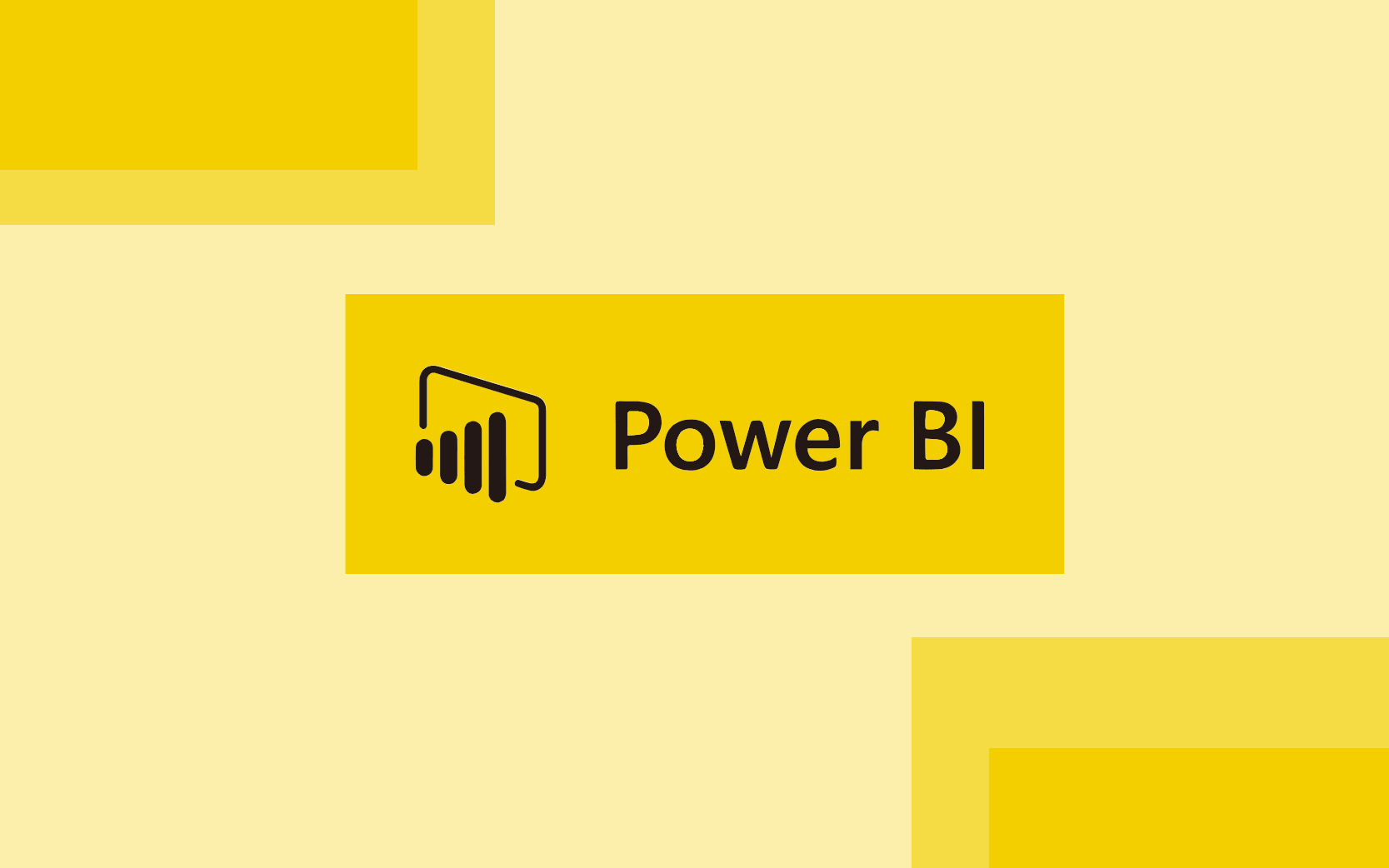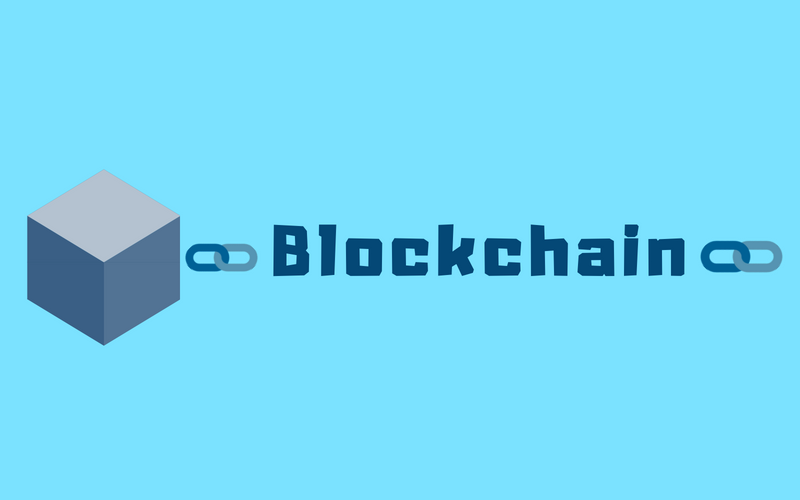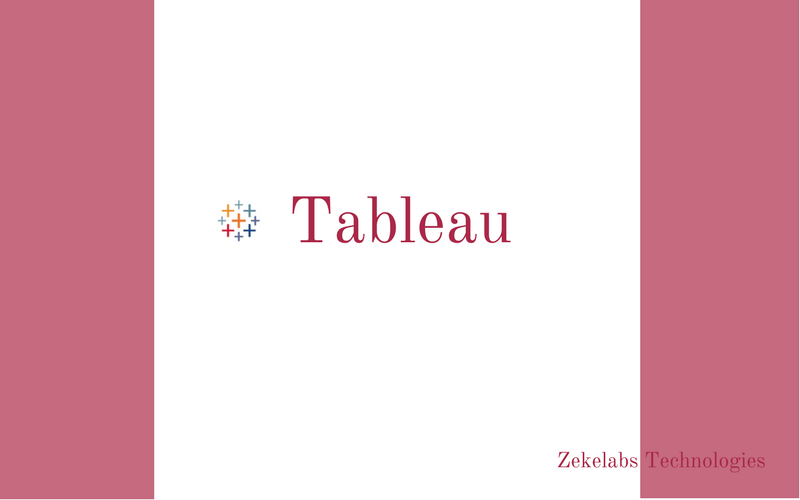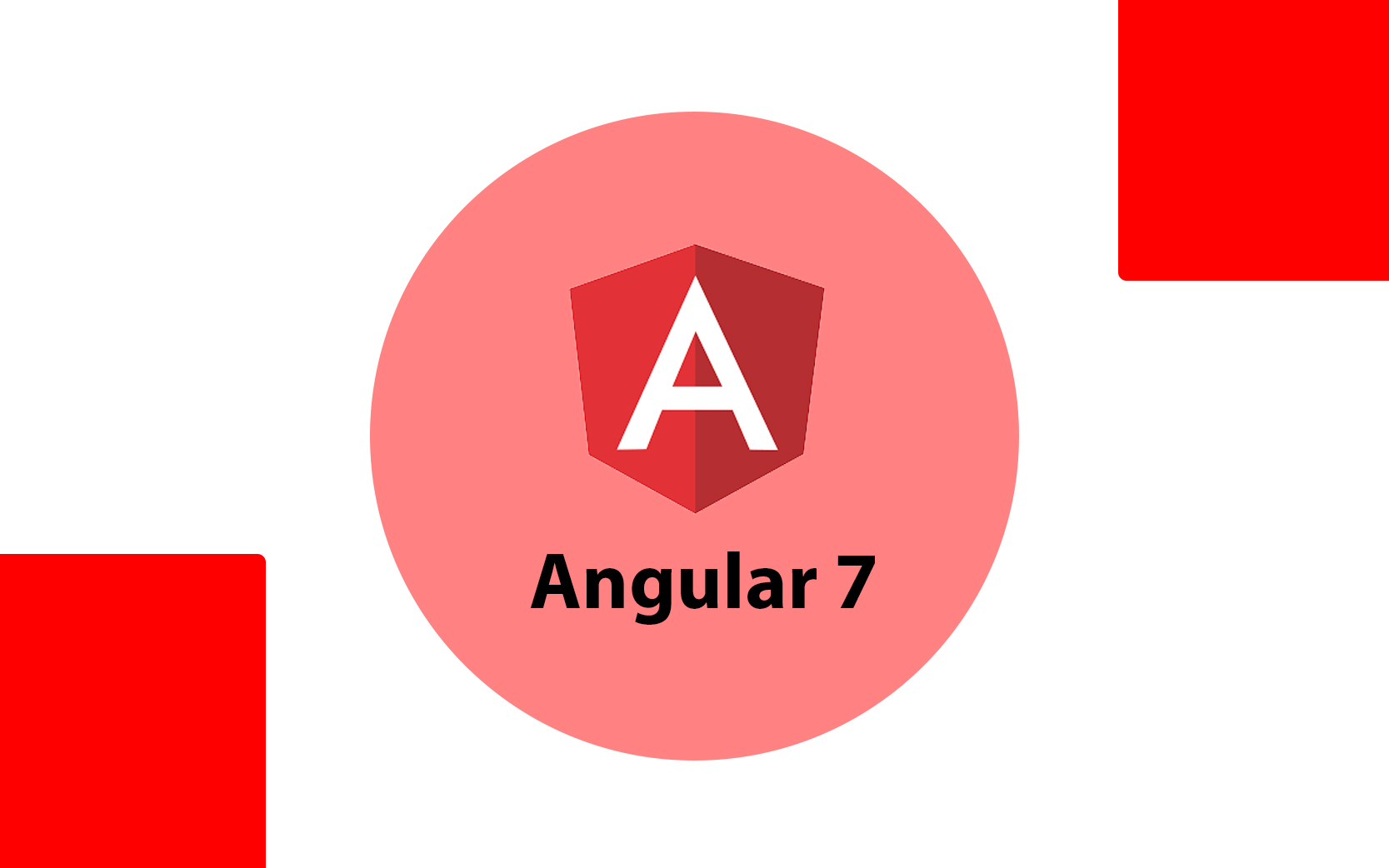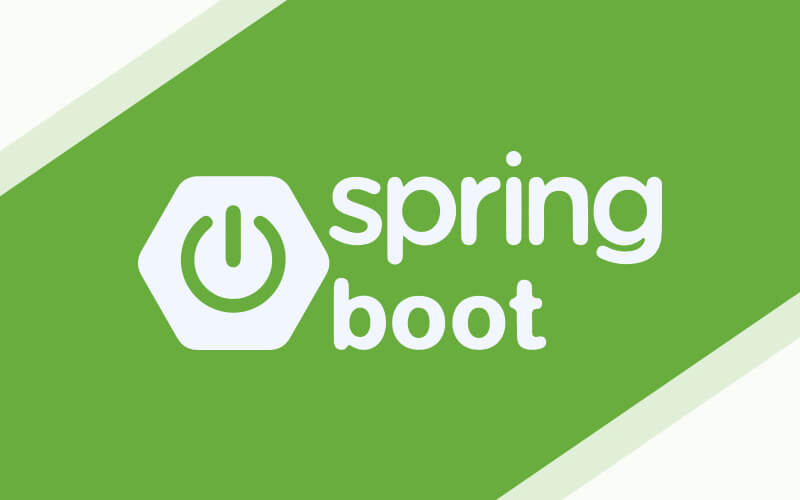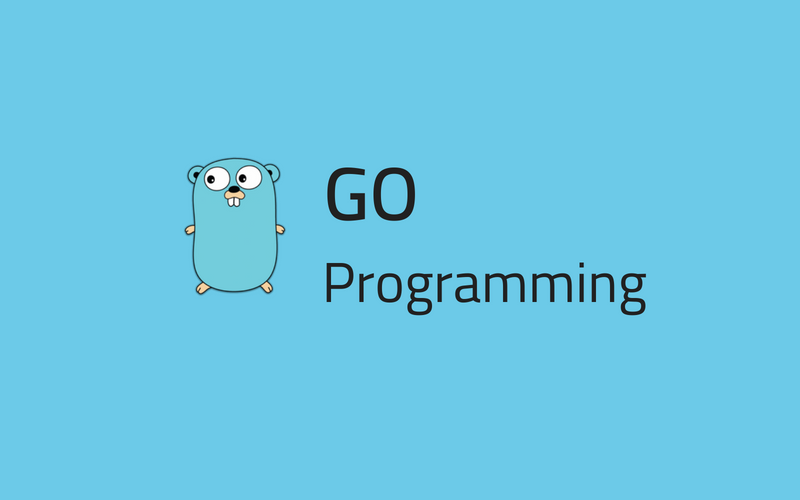
Java - A Deep Dive Training
Java - A Deep Dive Course:
Learn to code in Java and improve your programming and problem-solving skills. You will learn to design algorithms as well as develop and debug programs. A deep dive into Java 8 Programming, with all new concepts & fundamentals like lambda, streams & many more. Lot of hands-on assignments & problems.


Java - A Deep Dive Course Curriculum
Defining how the Java language achieves platform independence
Defining how the Java language continues to evolve
Creating simple Java classes
Using operators
Using if-else and switch statements
Creating arrays
Using encapsulation in Java class design
Making classes immutable
Overloading methods
Using access levels: private, protected, default, and public.
Using virtual method invocation
Using the instanceof operator to compare object types
Modeling business problems by using the static keyword
Designing general-purpose base classes by using abstract classes
Applying final keyword in Java
Defining a Java interface
Extending an interface
Anonymous inner classes
Creating a custom generic class
Creating a collection by using generics
Implementing a TreeSet
Implementing a Deque
Describing the Builder pattern
Describing the Stream interface
Calling an existing method using a method reference
Defining pipelines in terms of lambdas and collections
Listing the built-in interfaces included in java.util.function
Using primitive versions of base interfaces
Extracting data from an object using map
Describing the Optional class
Sorting a stream
Grouping and partition data using the Collectors class
Defining the purpose of Java exceptions
Using the try and throw statements
Autoclose resources with a try-with-resources statement
Creating custom exceptions
Creating and manage date-based events
Combining date and time into a single object
Managing changes resulting from daylight savings
Applying formatting to local and zoned dates and times
Describing the basics of input and output in Java
Using streams to read and write files
Using the Path interface to operate on file and directory paths
Using Stream API with NIO2
Describing operating system task scheduling
Using an ExecutorService to concurrently execute tasks
Using synchronized and concurrent atomic to manage atomicity
Using the java.util.concurrent collections
Parallelism
Work stealing
RecursiveTask
Reviewing the key characteristics of streams
List the key assumptions needed to use a parallel pipeline
Describing why reduction requires an associative function
Describing the process for decomposing and then merging work
Defining the layout of the JDBC API
Submitting queries and get results from the database
Performing CRUD operations using the JDBC API
Describing the advantages of localizing an application
Read and set the locale by using the Locale object
Calling a resource bundle from an application
Frequently Asked Questions
This "Java - A Deep Dive" course is an instructor-led training (ILT). The trainer travels to your office location and delivers the training within your office premises. If you need training space for the training we can provide a fully-equipped lab with all the required facilities. The online instructor-led training is also available if required. Online training is live and the instructor's screen will be visible and voice will be audible. Participants screen will also be visible and participants can ask queries during the live session.
Participants will be provided "Java - A Deep Dive"-specific study material. Participants will have lifetime access to all the code and resources needed for this "Java - A Deep Dive". Our public GitHub repository and the study material will also be shared with the participants.
All the courses from zekeLabs are hands-on courses. The code/document used in the class will be provided to the participants. Cloud-lab and Virtual Machines are provided to every participant during the "Java - A Deep Dive" training.
The "Java - A Deep Dive" training varies several factors. Including the prior knowledge of the team on the subject, the objective of the team learning from the program, customization in the course is needed among others. Contact us to know more about "Java - A Deep Dive" course duration.
The "Java - A Deep Dive" training is organised at the client's premises. We have delivered and continue to deliver "Java - A Deep Dive" training in India, USA, Singapore, Hong Kong, and Indonesia. We also have state-of-art training facilities based on client requirement.
Our Subject matter experts (SMEs) have more than ten years of industry experience. This ensures that the learning program is a 360-degree holistic knowledge and learning experience. The course program has been designed in close collaboration with the experts working in esteemed organizations such as Google, Microsoft, Amazon, and similar others.
Yes, absolutely. For every training, we conduct a technical call with our Subject Matter Expert (SME) and the technical lead of the team that undergoes training. The course is tailored based on the current expertise of the participants, objectives of the team undergoing the training program and short term and long term objectives of the organisation.
Drop a mail to us at [email protected] or call us at +91 8041690175 and we will get back to you at the earliest for your queries on "Java - A Deep Dive" course.
Recommended Courses
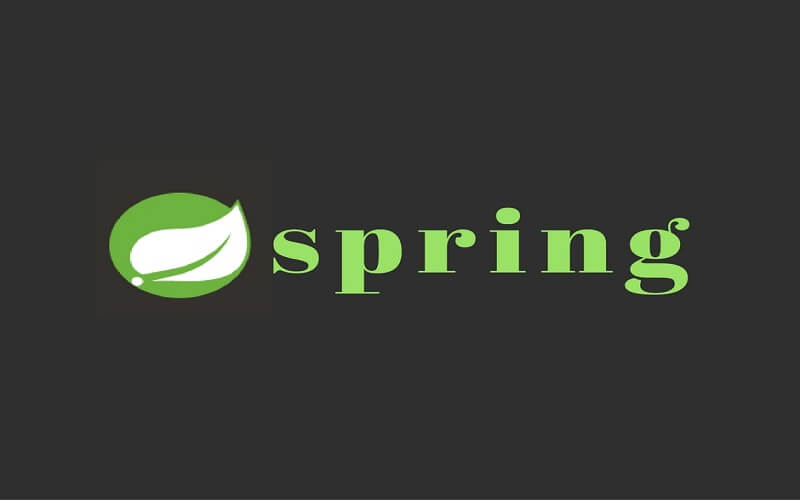
Spring 4.0 - A Deep Dive
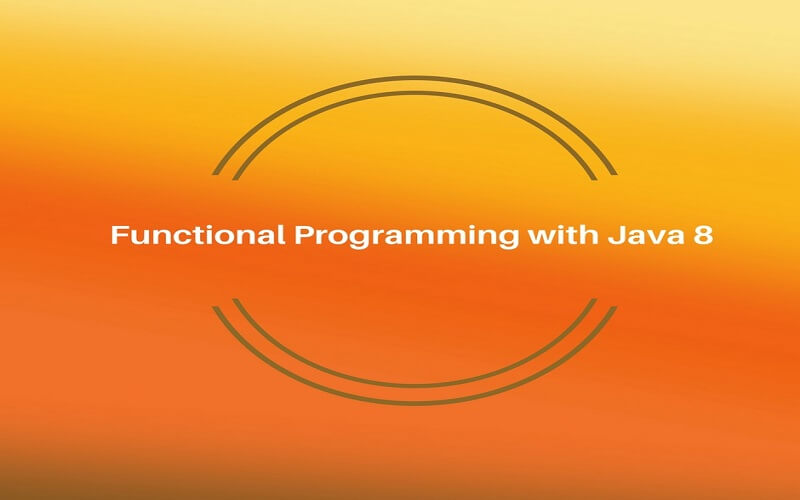
Java 8
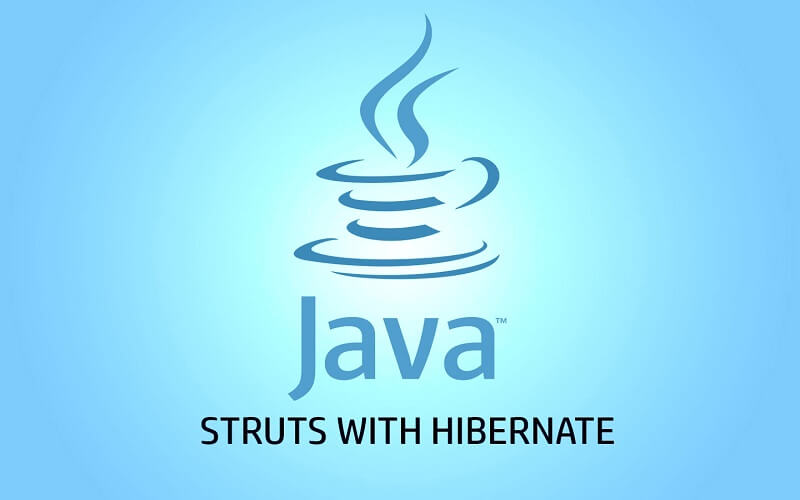
Hibernate
Feedback
